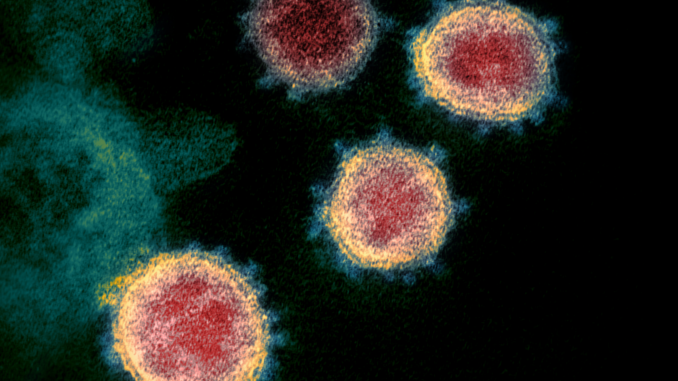
Moderna has released the initial data regarding their coronavirus vaccine, showing roughly 94.5% effectiveness and joining the news from last week of Pfizer/BioNTech’s 90% effective vaccine. The vaccine updates are half of the news about COVID-19, and the other half isn’t as promising.
First, addressing the positive: the results from the first two companies announcing phase 3 trial data are excellent, but they are also preliminary data based on the first groups of volunteers. The final numbers will follow as the remainder of the people in the trials have their information processed, and the results are subject to drastic change. It’s possible that the initial numbers are flukes and the trials will both end in utter failure. While a possibility, such a result is very unlikely. Typically, initial phase 3 trial results approximate the final numbers with the main difference being an expanded list of possible or probable side effects. In all likelihood, production of both vaccines will begin in December.
There’s other positive news, in that dozens of other companies are also working on vaccines and preventatives. A nasal spray involving a lipopeptide (a cholesterol particle) with which the novel coronavirus prefers bonding has shown success with ferrets, an animal which is particularly susceptible to the deadly disease; human trials are expected to follow and could provide a lesser measure of protection for people who are, for immune system reasons, unable to receive a standard vaccination. A vaccine from German company CureVac which merely requires refrigeration, not freezing, is expecting to move to phase 3 trials; such a vaccine would greatly reduce distribution chain problems, and Elon Musk has signed on to create a variety of small production facilities should the vaccine succeed in its trials. Johnson & Johnson is in the middle of phase 3 trials, and should theirs work it has the benefit of only requiring a single dose rather than two successive doses. They’re not the only ones. Other companies from countries throughout the world are addressing the issue, and many are in phase 3 trials. Not only are there many production facilities available, the mechanics of the vaccines differ, with some designed to directly trigger antibody production from recipients’ cells, others to introduce dead viruses into the system to create antibodies, and yet more which present live viruses which have been rendered safe.
In all likelihood, the world will see a large variety of vaccines and preventatives made available in the first and second quarters of 2021.
The bad news is that they will be desperately needed. The United States has seen repeated milestone days of infection this month both overall and in individual states; right now, 49 out of 50 states are designated as hot spots – places of greater than 10% disease growth over a course of two weeks – with only Hawaii avoiding the designation. The US is not alone in its failure to contain the virus. In recent weeks, growth of the disease has surged in most European nations. Eastern European nations, many of which had avoided the initial surge through restrictive measures, have been particularly hard hit.
Lockdowns have returned, and are curbing some of the worst of the growth in Europe. France, Great Britain, Germany and Ireland have all instituted full or partial lockdowns over the past two weeks and seen reductions in what were drastically rising caseloads. Italy has attempted to engage smaller regional and local lockdowns without significant success. In the United States, various governors are ramping up restrictions, with Oregon and New Mexico respectively instituting partial and full statewide lockdowns. The Oregon limits, which allow schools and group sports activities to continue but restrict business operations, will likely provide useful data regarding the spread of COVID-19 through school openings, which has been a point of contention in various sectors.
The restrictions are currently too little, too late in the United States; infection rates continue to rise, as do deaths. Health systems are overburdened. There is considerable hope on the near horizon from the vaccines, but people need to act responsibly for a few more months. With no new political rallies or street demonstrations and with an attention to basic health precautions and a recognition that the disease doesn’t care about general cleanliness, wealth level, or policy preference, the American people can stop the spread of COVID-19. Lockdowns and mandates will help, but ultimately nobody needs to wait for the government to tell them what to do; we have knowledge we lacked at the beginning of the crisis and can absolutely keep ourselves and others safe. At question is our willingness to do so.

1 Trackback / Pingback
Comments are closed.